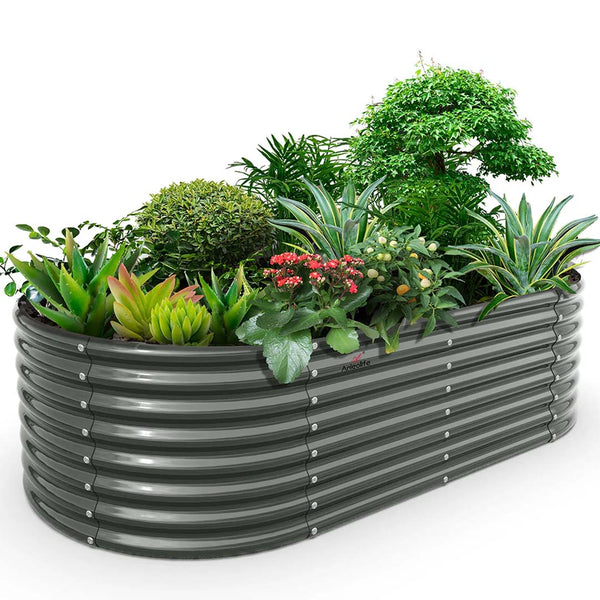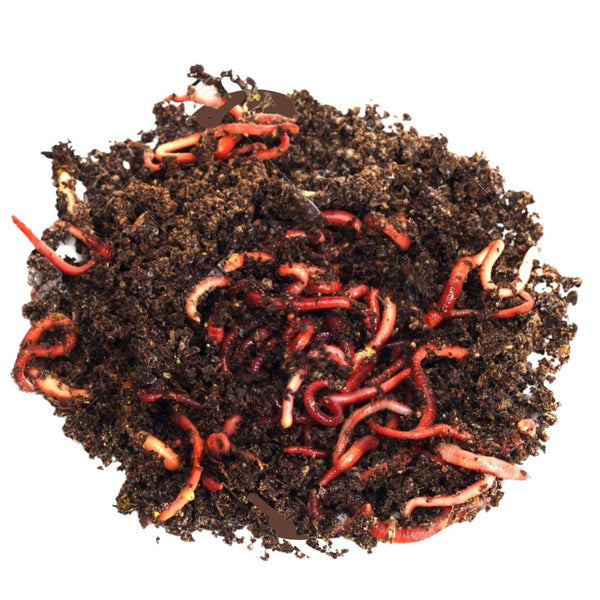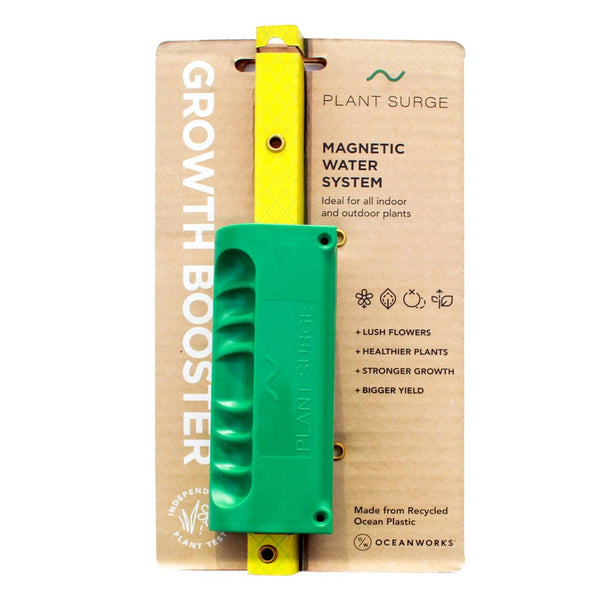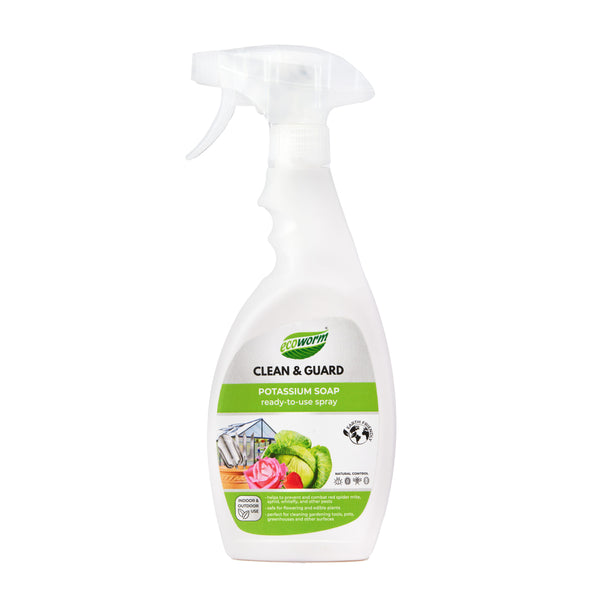The Soil-Ready Raised Bed Kits That Make First-Time Growing Surprisingly Simple

Understanding Raised Garden Beds
Raised garden beds are a great way to grow your own veggies, especially if your backyard dirt is more like a rock concert than a symphony. Let's chat about why these elevated plots are the bee's knees and what you should think about before setting one up.
Benefits of Raised Beds
Raised beds come with a bunch of perks that make gardening a breeze. The National Garden Bureau spills the beans on why they're awesome:
- Looks Good: Raised beds can make your garden look like it belongs in a magazine.
- Soil Control: You get to pick the soil, so it's always top-notch and ready to grow.
- Bumper Crops: Better soil means healthier plants and more veggies to brag about.
- Room to Grow: Plants get more space to stretch their roots, leading to a bigger bounty.
- Water Woes Begone: Better drainage means no soggy roots or sad plants.
- Pest Patrol: Raised beds can help keep those pesky critters away.
- Longer Growing Time: The soil warms up quicker in spring and stays cozy in fall, giving you more time to garden.
Depth and Material Considerations
When you're thinking about how deep and what to make your raised beds from, there's a bit to chew over. Depth is key for happy roots and thriving plants. Gardenary gives us the lowdown:
| Depth (inches) | Best For |
|---|---|
| 6-12 | Plants with shallow roots like lettuce and herbs |
| 12-18 | Medium-rooted plants like carrots and beans |
| 18+ | Deep-rooted champs like tomatoes and potatoes |
Choosing the right material is also a biggie. Each type has its pros and cons:
- Wood: Looks nice but might not last forever.
- Metal: Tough as nails but can turn your soil into a sauna.
- Fabric: Light and airy, perfect for healthy roots.
If you're worried about your raised bed lasting or being safe, fabric beds are a solid pick. They don't rot, rust, or leach nasty stuff, making them a green choice for organic gardening.
Raised beds also make it easy to keep your soil in tip-top shape, fend off pests, and garden without breaking your back (Joe Gardener). They're perfect for anyone, no matter what kind of dirt they're starting with.
For more tips on picking the perfect raised bed, check out our article on raised garden kits.
Choosing the Right Raised Bed
Picking out the right raised bed is like finding the perfect pair of shoes for your garden. Let's chat about the best height and width, plus the materials and safety stuff you need to know.
Ideal Height and Width
The size of your raised bed is a big deal for how easy it is to use and how well it works. Here's what you need to know:
Height
- Minimum Height: Start with at least six inches. It's enough for most veggies, but might not be the best for drainage or ease of use.
- Ideal Height: Aim for 12 to 18 inches. This height is like the sweet spot for good drainage and makes gardening a breeze.
- Maximum Height: If you go 18 inches or more, you're in the clear for great drainage and easy access. But don't go over 24 inches unless you have a special reason, like needing to sit while gardening.
Width
- Minimum Width: Go for at least 18 inches. This gives roots room to grow and plants space to breathe.
- Ideal Width: Four feet is the magic number. You can reach the middle from either side without stepping in and squishing the soil.
- Maximum Width: Stick to about four feet, especially if you can get to all sides. This way, you can reach every part without trampling the soil.
Material Options and Safety Concerns
What your raised bed is made of affects how long it lasts and how safe it is. Let's break down the options:
Wood
- Pros: Wood looks nice and is easy to work with. Plus, it's usually cheap and easy to find.
- Cons: It can rot if not treated right and might attract pests. You'll need to keep an eye on it.
- Safety: Use untreated wood or wood treated with safe stuff to keep your soil clean.
Metal
- Pros: Metal is tough and won't rot or attract pests. It can also give your garden a sleek look.
- Cons: It might heat up the soil too much in hot weather, which isn't great for plants. Also, it can be pricier.
- Safety: Go for galvanized or coated metal to avoid rust and make it last longer.
Fabric
- Pros: Fabric beds are light, easy to move, and great for drainage. Perfect for renters or small spaces.
- Cons: They might not last as long as wood or metal and could need replacing after a few seasons.
- Safety: Make sure the fabric is UV-resistant and non-toxic to keep your soil safe.
Composite
- Pros: Made from recycled stuff, composite beds are tough like plastic but look like wood. They resist rot and pests.
- Cons: They can cost more than wood and might not look as natural.
- Safety: Check that the composite is free of harmful chemicals and safe for growing food.
| Material | Pros | Cons | Safety |
|---|---|---|---|
| Wood | Looks natural, easy to use, cheap | Can rot, attract pests, needs upkeep | Use untreated or safe-treated wood |
| Metal | Tough, no rot or pests, modern look | Can heat soil, pricier | Pick galvanized or coated metal |
| Fabric | Light, portable, great drainage | Might need replacing | Use UV-resistant, non-toxic fabric |
| Composite | Tough, no rot or pests, eco-friendly | Costs more, less natural look | Check for safe materials |
Picking the right raised bed means thinking about the best size for your garden and choosing a material that's durable and safe. For more tips on raised garden beds, check out our articles on raised garden bed and raised garden kits.























